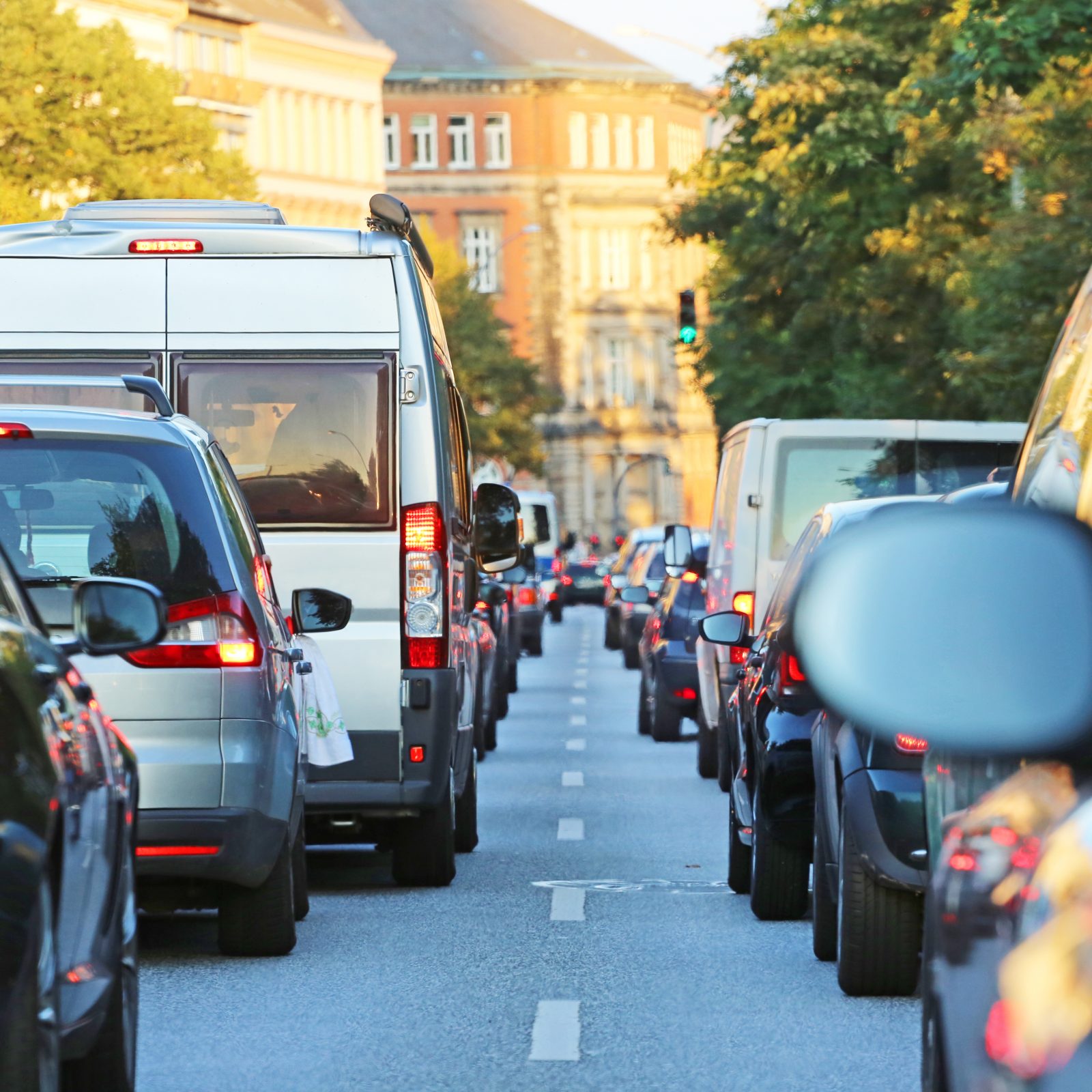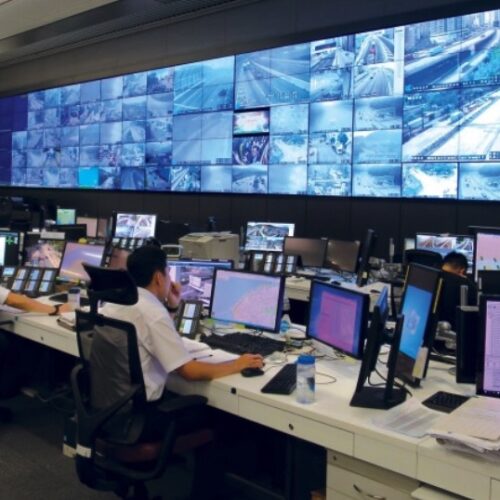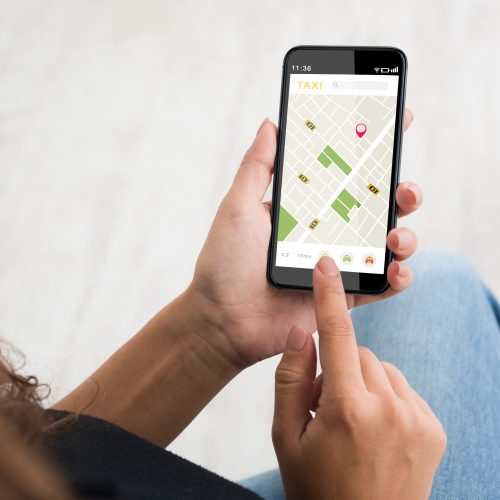Description
Road congestion steals people's time and generates unnecessary pollution. Cities often have limited road space, which is shared with pedestrians and other forms of active mobility. Consequently, effective traffic management is needed to ensure optimal use of that road space.
Digital solutions can help to achieve effective urban transport planning by collecting accurate and timely data on transport supply, performance and demand, giving traffic planners, traffic management/regulatory units and users of private and public transport all the information they need. For instance, the effective use of traffic lights as a management tool can improve the flow of cars through a city. Traffic management can also help to prioritise and promote public transport solutions, so that these services are given priority over individual cars (in the form of green lights). It also helps authorities to respond to and monitor accidents and road behaviour, thereby fostering urban mobility and helping the relevant spaces to become safer.
This policy instrument focuses on the question of how cities can manage traffic in real time and maximise the efficiency of existing infrastructure.
First, we explore the key functions of a traffic management system:
- Traffic monitoring – A traffic control centre uses a network of surveillance cameras, sensors and data collection tools to monitor traffic conditions in real time. This includes tracking vehicle movements, analysing traffic volumes, detecting incidents and identifying congestion hotspots.
- Traffic control and signal management – Using the data collected, a management system controls traffic signals, adjusts signal timings and optimises traffic flows. This involves coordinating signal phasing and prioritising traffic movements.
- Incident management – The traffic control centre plays a crucial role in the management of incidents such as accidents, road closures and breakdowns. It coordinates emergency responders, and maintenance crews to ensure a swift response and minimise disruption.
- Dissemination of traffic information – The centre provides real-time traffic updates, gathering information on congestion, road conditions and alternative routes, and issuing guidance through dynamic signs, mobile apps, websites and social media.
- Intelligent transport system (ITS) – The centre’s advanced systems use AI, machine learning and data analytics in order to predict traffic patterns, optimise signal timings and provide real-time travel information for smarter journeys.
- Coordination with public transport – The centre works with public transport to ensure integrated traffic control.
Real-time traffic management has various environmental and economic benefits: [1]
- Improved traffic flows – Adaptive traffic controls optimise signals, reduce congestion and improve travel times, boosting road capacity.
- Enhanced safety – The traffic control centre’s monitoring and incident systems improve incident response times, enhance safety and reduce the risk of secondary incidents.
- Efficient resource allocation – Real-time data allow traffic management systems to allocate resources effectively, so that emergency services, maintenance crews and road projects can function with optimum efficiency.
- Environmental benefits – By improving the routing of road users and reducing congestion, real-time traffic management cuts fuel use, emissions and pollution, as well as improving public transport.
- Innovation – The use of open data (that is, data are available to download and use for free) encourages innovation by the private sector.
To build a city’s capacity to assess the real-time traffic status, the first step should be to figure out the direction of traffic flows and the most congested intersections. Followed by traffic control management, such as traffic light control, suggestions of route change to road users can be provided. Real-time traffic management requires 1) a reliable municipal map (could purchase third-party data or build its own); 2) sensor deployment (e.g. vehicle detectors, cameras) to acquire information such as car speed, quantity and size; 3) capacity of data transmission and management and 4) the Area Traffic Control Systems (ATCS) and traffic control centre that makes timely decisions using collected data.
Real-time traffic data can be collected in two ways. The first approach is setting vehicle detectors (VD) and cameras at junctions to calculate the traffic flow. Smart street lighting also serves a multipurpose as a good location for sensors and other technical devices. The other tool is floating cellular data, where mobile phone tracking, in-vehicle GPS systems, and vehicle re-identification using RFID (Radio-Frequency Identification) can help collect real-time data.
Data transmission relies on cities’ local situation, such as digital infrastructure maturity and budget availability. SIM cards embedded with VD is one of the common methods. A lower-cost transmission can be done via NB-IoT (nodes installed on street light poles can transmit data to the back end), yet not many cities can offer this service as it is still developing.
The collected data streams are then transmitted to the backend, where the competent transport agency plans how the raw data should be processed and how the processed information is disseminated to internal or external end-users.
The processed data will be sent to the Adaptive Traffic Control System[2] (ATCS) for traffic signal adjustment. Based on historical data, ATCS can identify the best length of the traffic light at each intersection and advise the traffic control centre on the most appropriate traffic management activities. It can also inform the general public about traffic-related information via the web, mobile apps, or matrix sign.
It is worth noting that although the current technology can afford automatic and remote control for traffic management, physical management in many situations is not replaceable. For instance, the control centre may inform drivers about 10-15 blocks earlier about severe congestion via a matrix sign or radio station, and the road users will adjust their routing accordingly. Yet if an accident causes the congestion, the control centre can also send a team to the scene and prevent road users from going forward.
Moreover, remote control for the traffic light is sometimes applied to give public transport priority to pass intersections, where the Curitiba’s BRT system is the case. However, this technique is not always recommended without fully drawing to the actual situation as it may further cause traffic chaos. Cities must not see technology as the best solution fitting in all conditions, but instead, find a balance between the technical solution and conservative measures, and the balance between “can do” and “should do.”
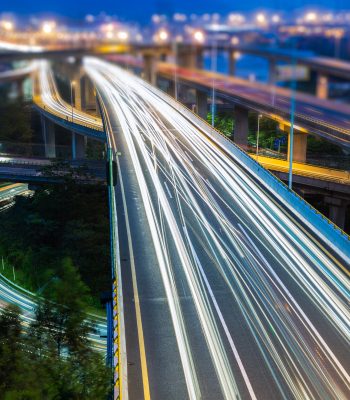
Resource Implications and Key Requirements
- Standards and Interoperability
Common standards and interoperability (e.g., data format and communication protocol) before developing smart urban transport is crucial. It ensures the capacity of diverse systems and organisations to exchange information, communicate and collaborate for mutual goals. To allow the seamless interactions between cities’ in the future, it is recommended to follow the global or national standards if there is one.
- Infrastructure and Technological Maturity[3]
The readiness of ICT infrastructure is critical to traffic management systems, which heavily rely on the accuracy and availability of data and its timely transmission. Adequate maintenance of devices like sensors and camera assures data reliability. Hence, the repair detection and notification systems of devices should be developed. The accuracy of real-time transport information is also heavily influenced by the algorithms employed.
- Finance and Human Resource Implication[4]
The cost of smart urban transport development and implementation is high. The price of digital infrastructure and equipment is part of the expenses from the demand of testing and commissioning, which are labour and time-intensive. Both individual components and the overall system need to be tested to comply with the standard requirements. The cost of operation, including maintenance of the traffic management systems, is also high yet can be optimised using big data analysis, machine learning, and AI in the long term. Hence, training in new technology applications and systems for traffic control centre staff is required. In addition, governments should ensure that they have the relevant legal/technical skills to review the performance of the systems.
The city of Kaohsiung invested about US$ 2.2 million to expand its traffic command centre. Paris upgraded its existing intelligent transportation system by investing €100 million to adapt infrastructure to autonomous vehicles. Seattle increased the “Intelligent Transportation Systems” budget from US$2.8 million in 2018 to US$6.8 million in 2020, covering traffic signals replacement at junctions, adding matrix signs, and advancing to a complete adaptive traffic control system (ATCS).[5]
- Legislation and Regulation
Transport flows are progressively monitored and controlled with various technologies. It generates an immense amount of sensitive data (such as car plates, face recognition, user and vehicle location are gathered by GPS or floating cellular data). Hence, legislation must be clearly defined on what data and information can and cannot be collected, how they can be retained, integrated and shared to the general public or across government departments, as well as how they should be transmitted, to ensure compliance with relevant privacy and other regulations.
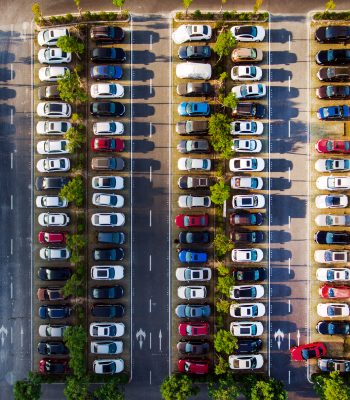
Potential Private Sector Participation
A holistic plan for cities’ smart transport development should be analysed and conducted by experts from the public and private sectors and academies as it involves multiple advanced technology adoption and subject matter knowledge. In addition, the generated data can open to the general public and private sector, such as start-ups, technology vendors, for further usage to create other value-added services (e.g., app development for traffic information).
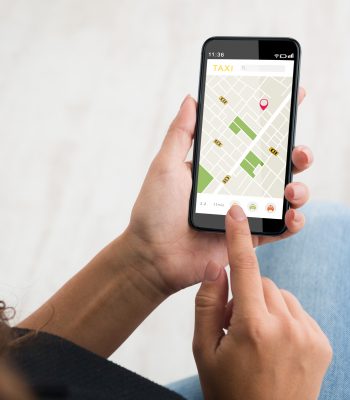
Implementation Obstacles and Possible Solutions
System Accuracy and Reliability
Privacy
Citizens may resist the use of new technology, such as the deployment of cameras with face recognition, where the image could be used to analyse the routes of specific persons. Hence, the government at both the local and national levels must set up a clear law to identify the data allowed to be collected, and how they are used and shared.
Lack of Skilled Workforce
Cities should ensure having enough qualified staff to operate the traffic management system by strengthening digital literacy and targeted digital skills among employees (either potential or existing). The government should train staff in the use of new systems and assure staff have the relevant legal and technical knowledge and capacity to review the performance of the systems.
Funding
The cost of real-time traffic management is high. Cities may increase collaboration with the private sector through a conventional Public-Private Partnership (PPP) model, garnering support from Telecom companies, or opening data to the public for App development (e.g., bus information, parking information).
Although the Intelligent Transportation Systems is pricey, it can be build up gradually. Starting from one or two junctions facing severe congestions, the sensors needed would not be a great number. Make sure the data is transmitted to the control centre, which can just be a small number of computers and monitors capable of processing data and seeing real-time traffic.
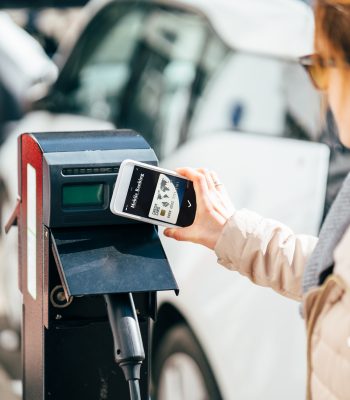
References
[1] Global Infrastructure Hub (2020) “Real Time Traffic Management”. Available at: https://cdn.gihub.org/umbraco/media/3165/4-real-time-traffic-management-use-case.pdf
[2] “Adaptive Traffic Control System adapts to real time traffic patterns to optimize the traffic flow by dynamically changing the green split timings.” Efftronics Systems (n.d.) “Adaptive traffic control system.” Available at: https://www.efftronics.com/adaptive-traffic-control-system (Accessed: July 2021)
[3] Global Infrastructure Hub (2020) “Real Time Traffic Management”. Available at: https://cdn.gihub.org/umbraco/media/3165/4-real-time-traffic-management-use-case.pdf
[4] Ibid
[5] Ryan Packer (2018) “Mayor’s Budget Goes All In on Intelligent Signal Investments”. Available at: https://www.theurbanist.org/2018/09/27/mayors-budget-goes-all-in-on-intelligent-signal-investments/








